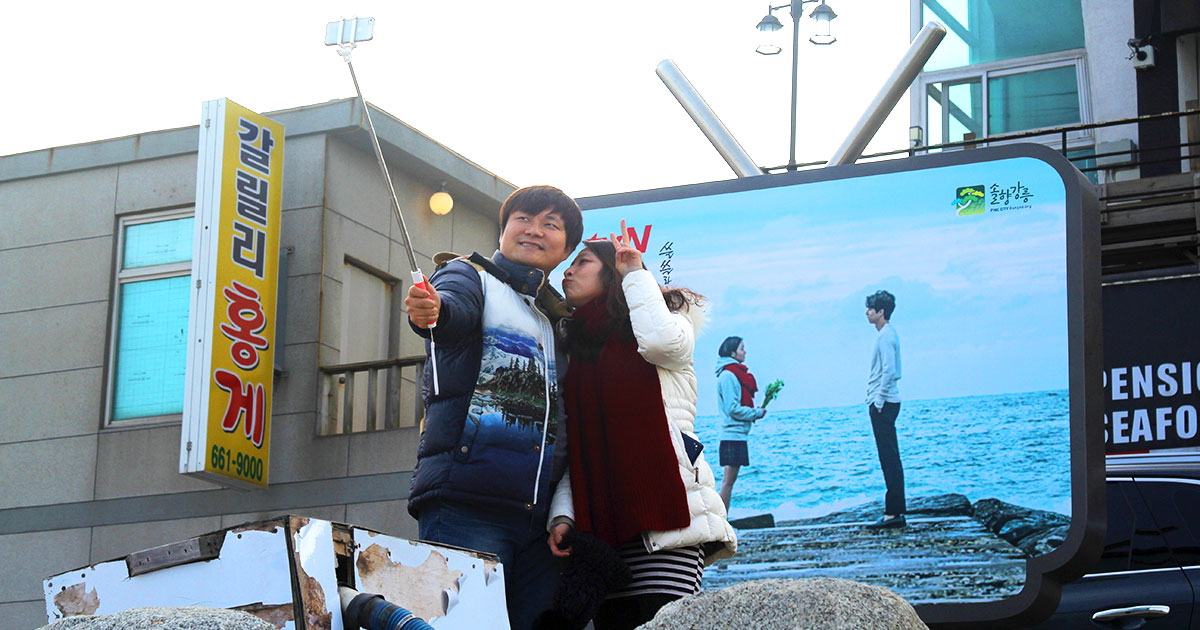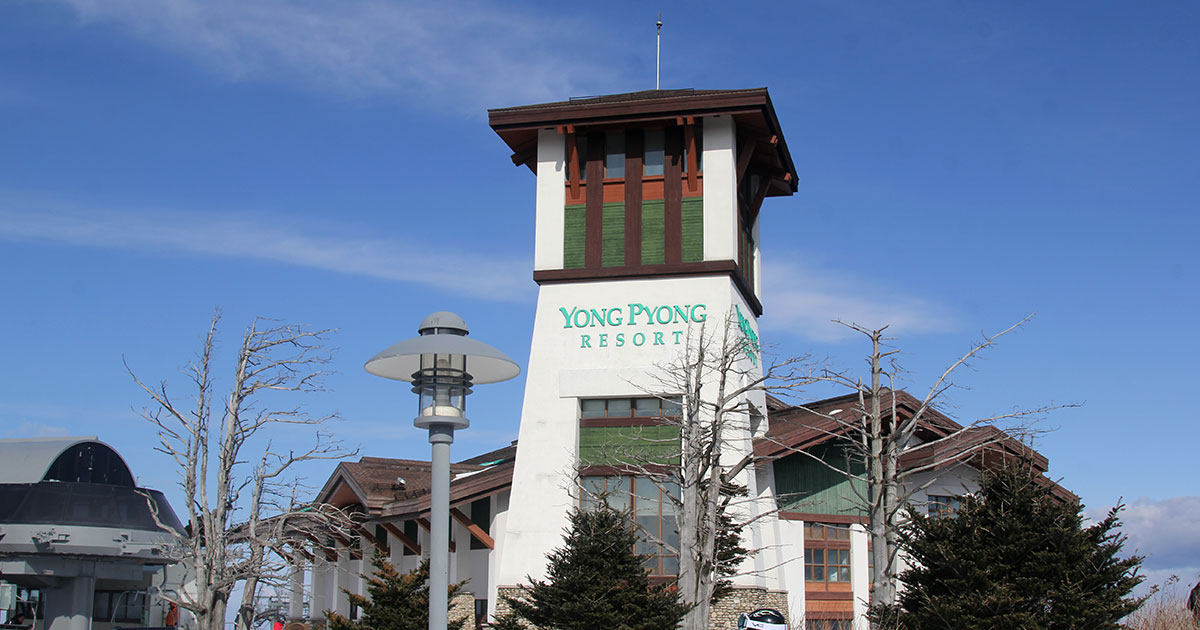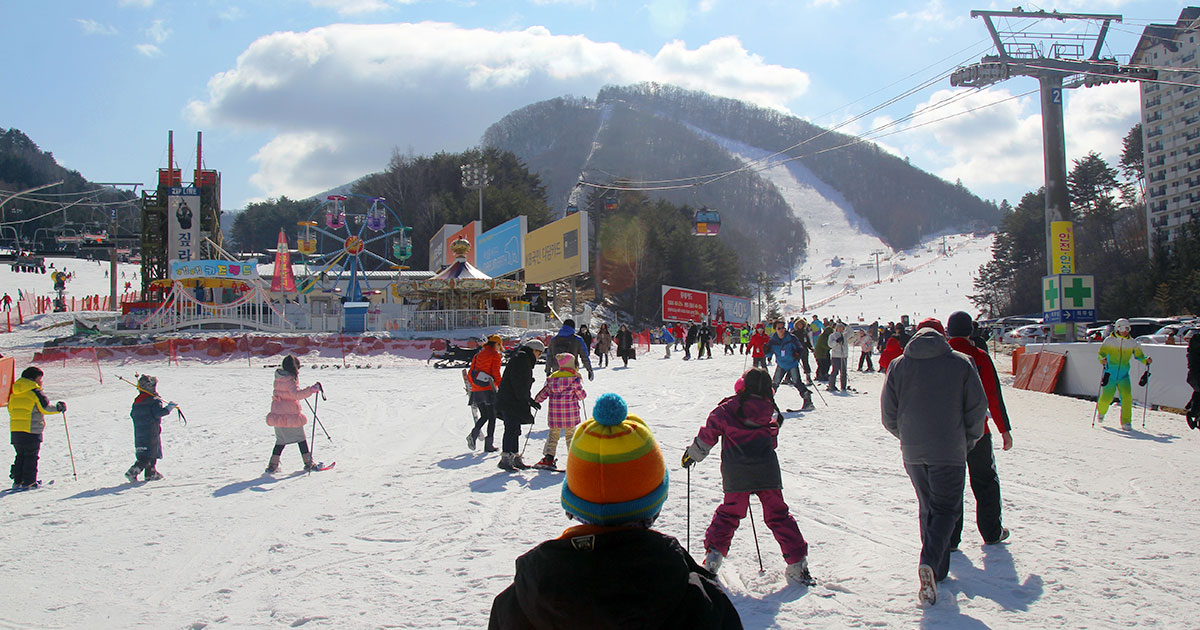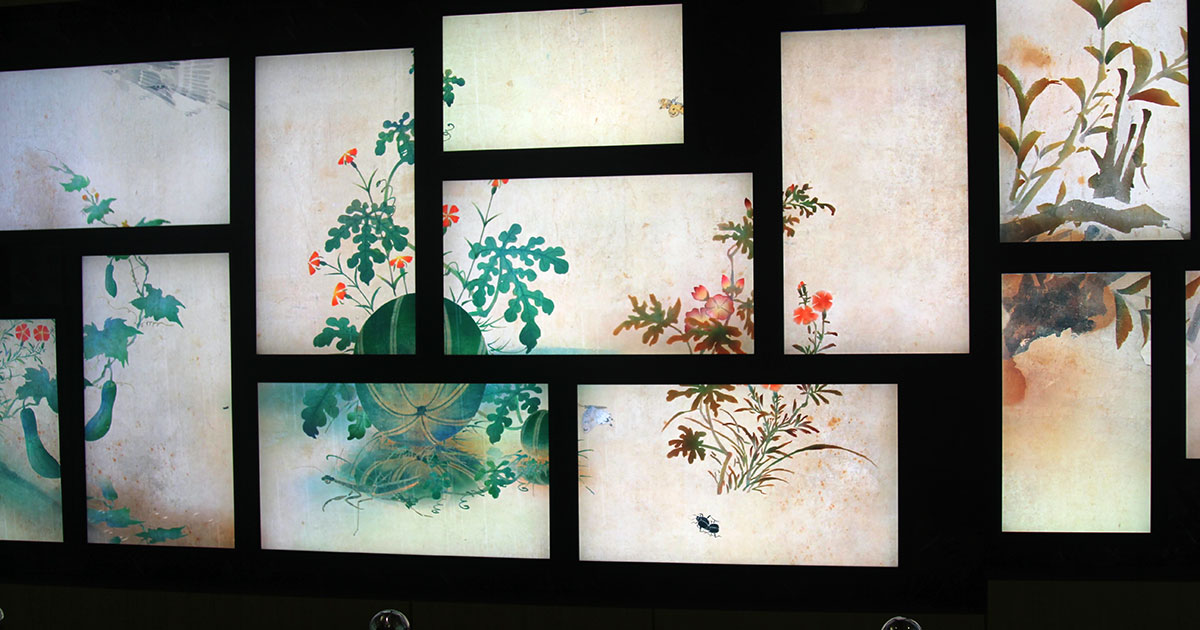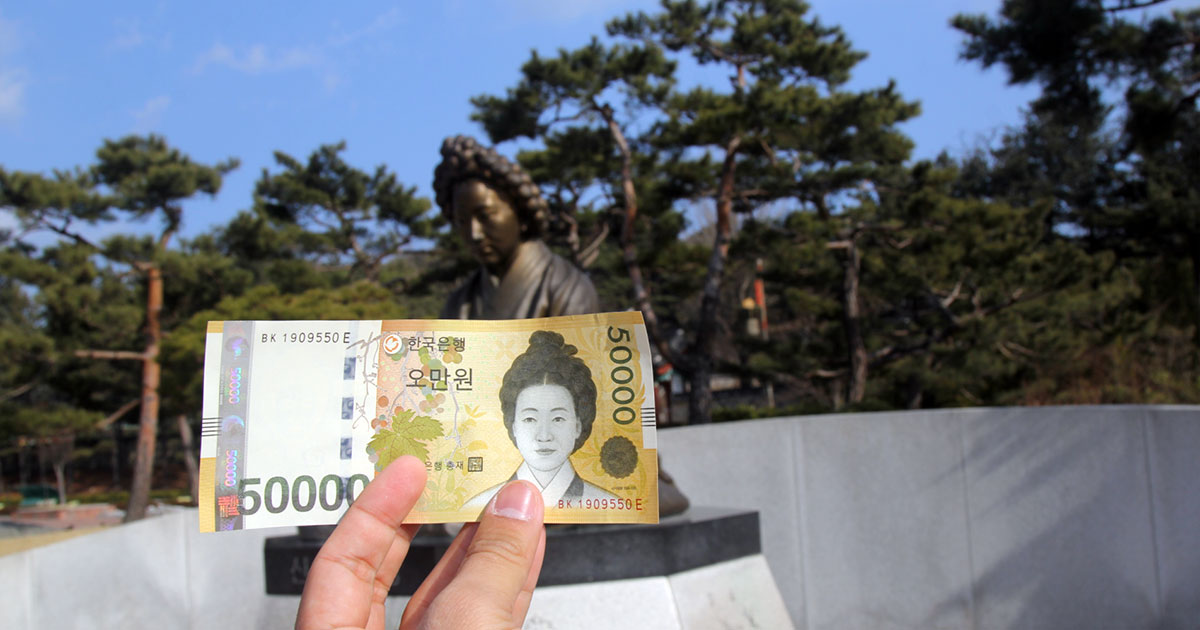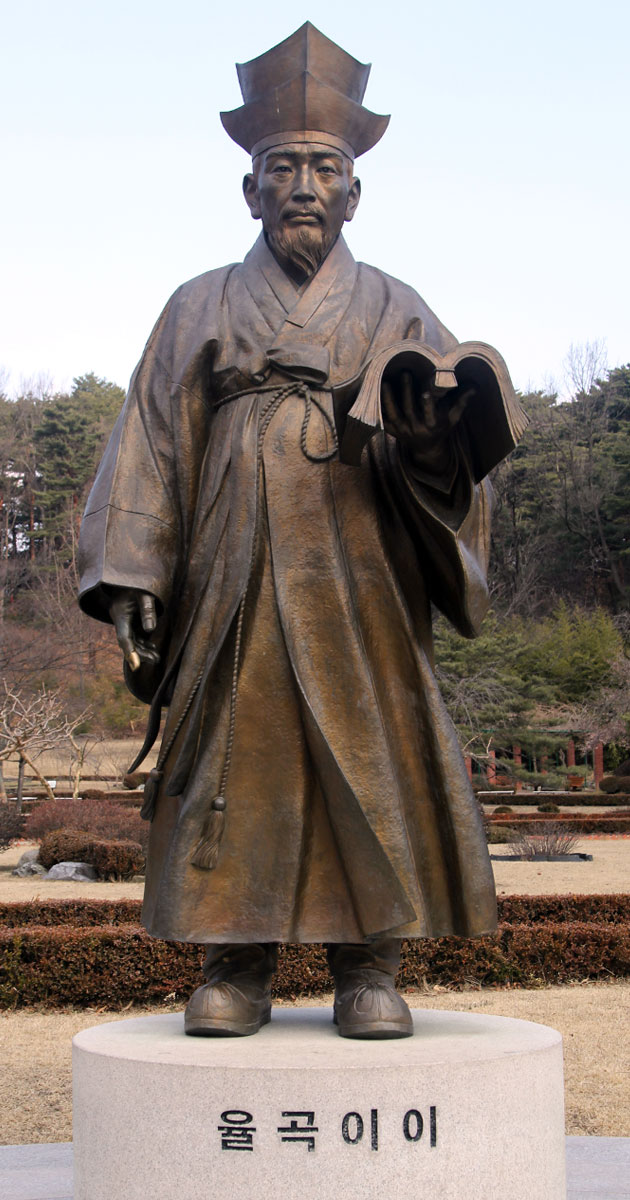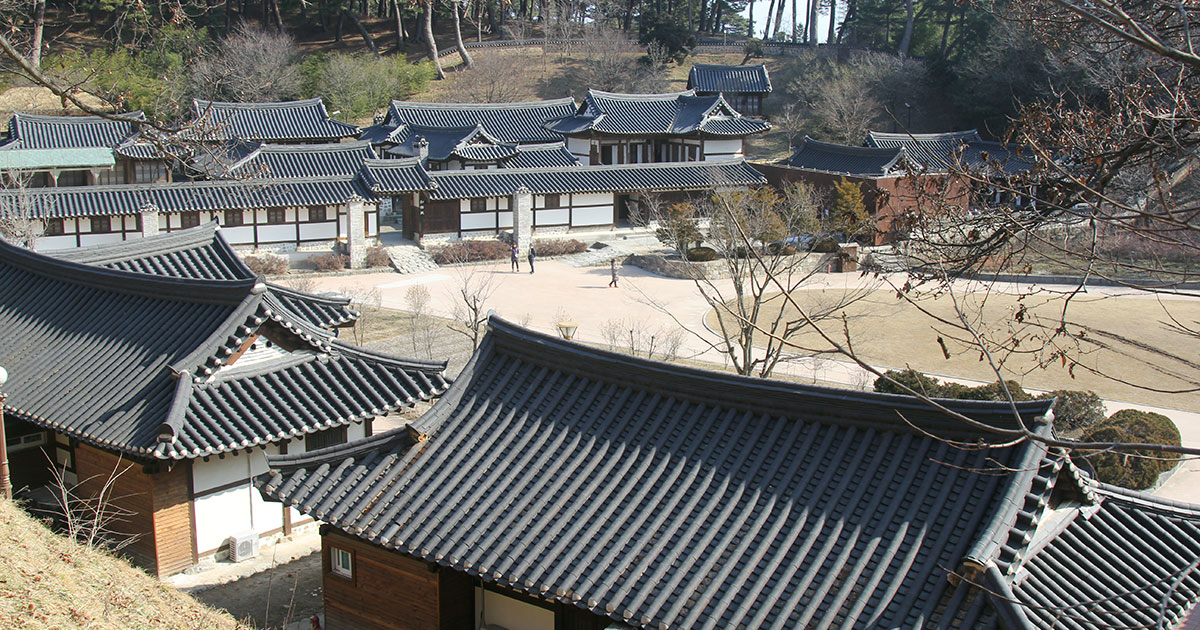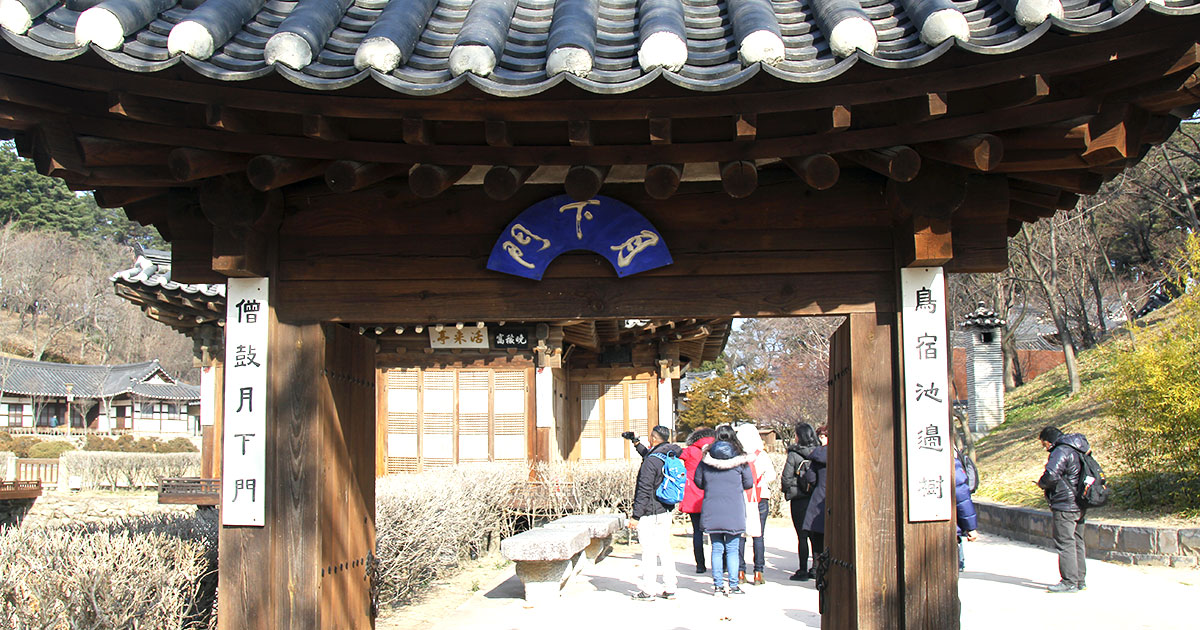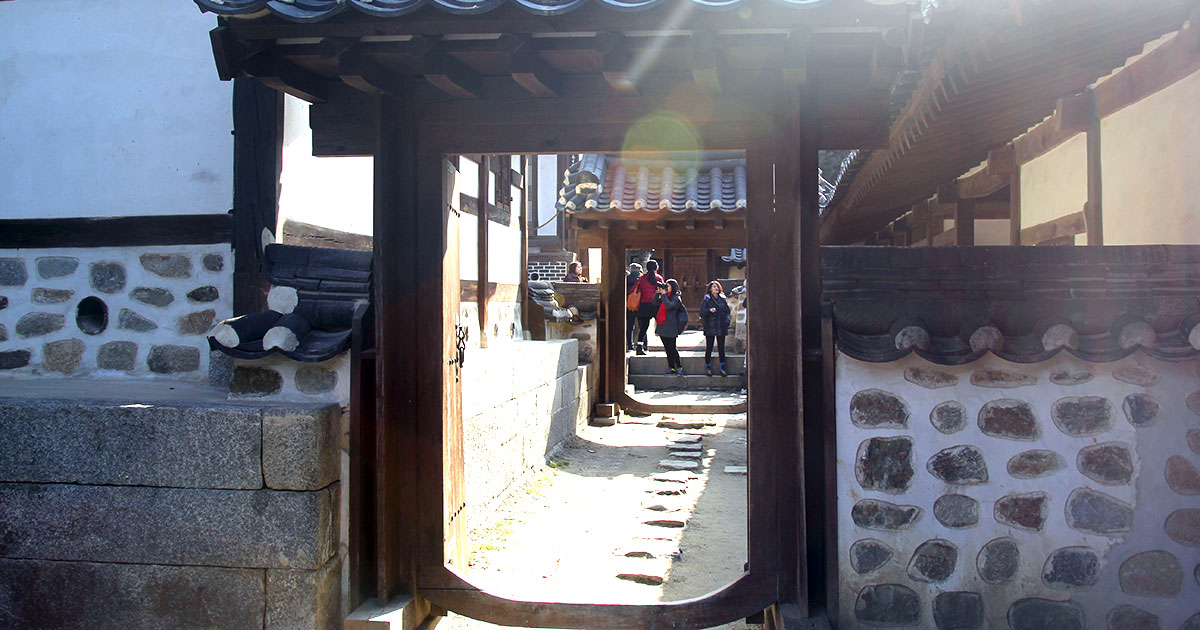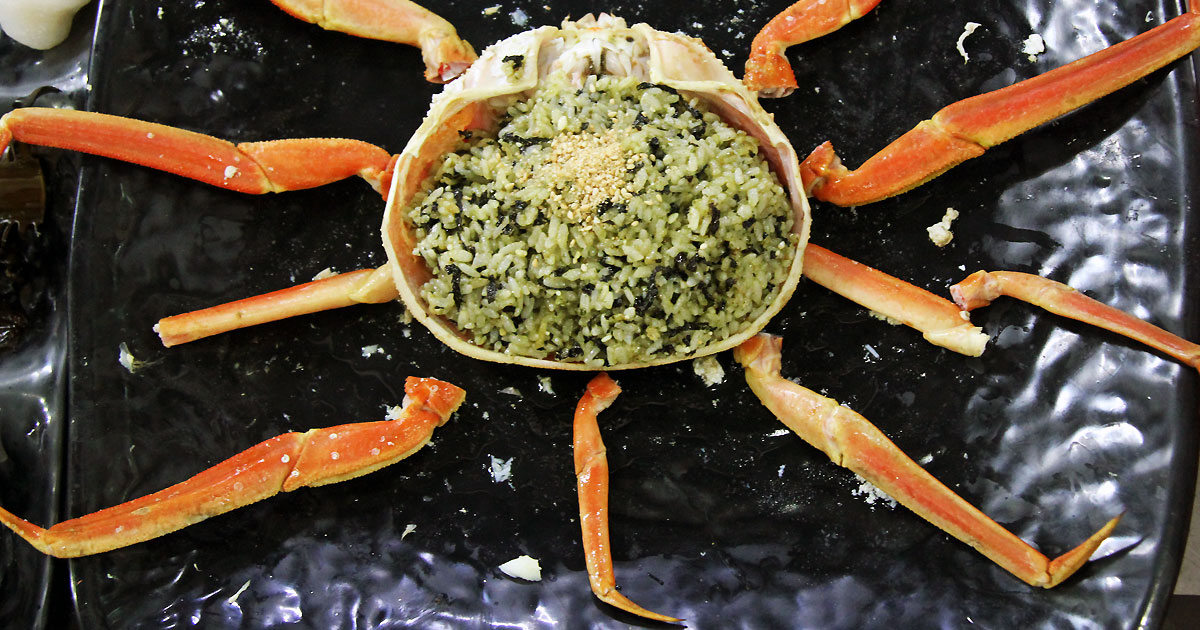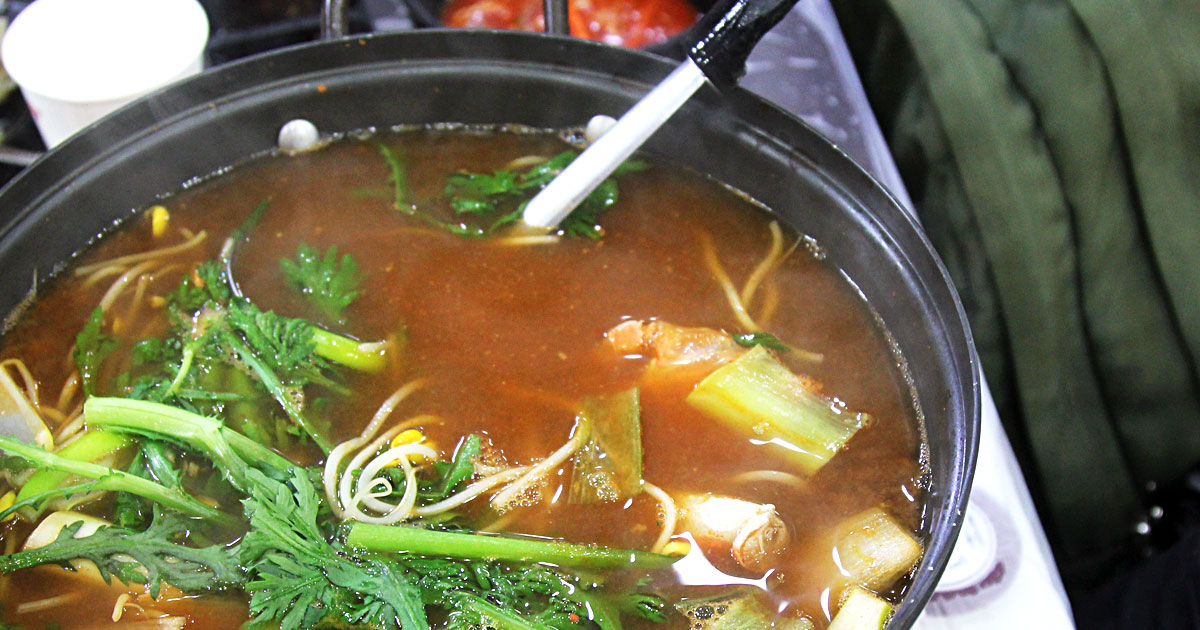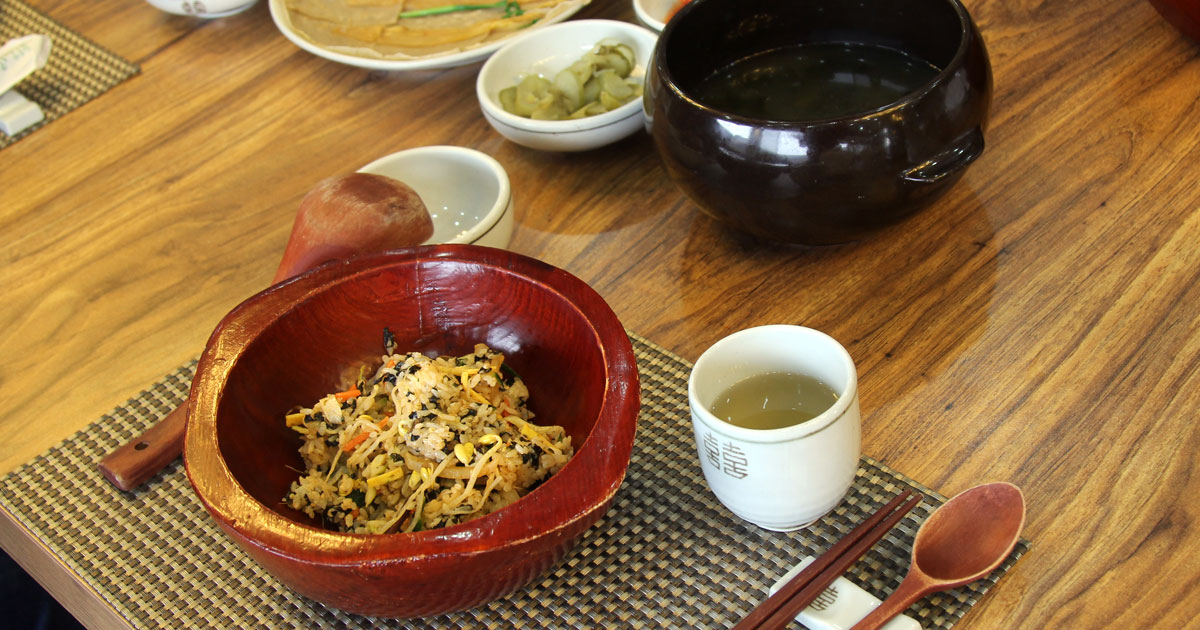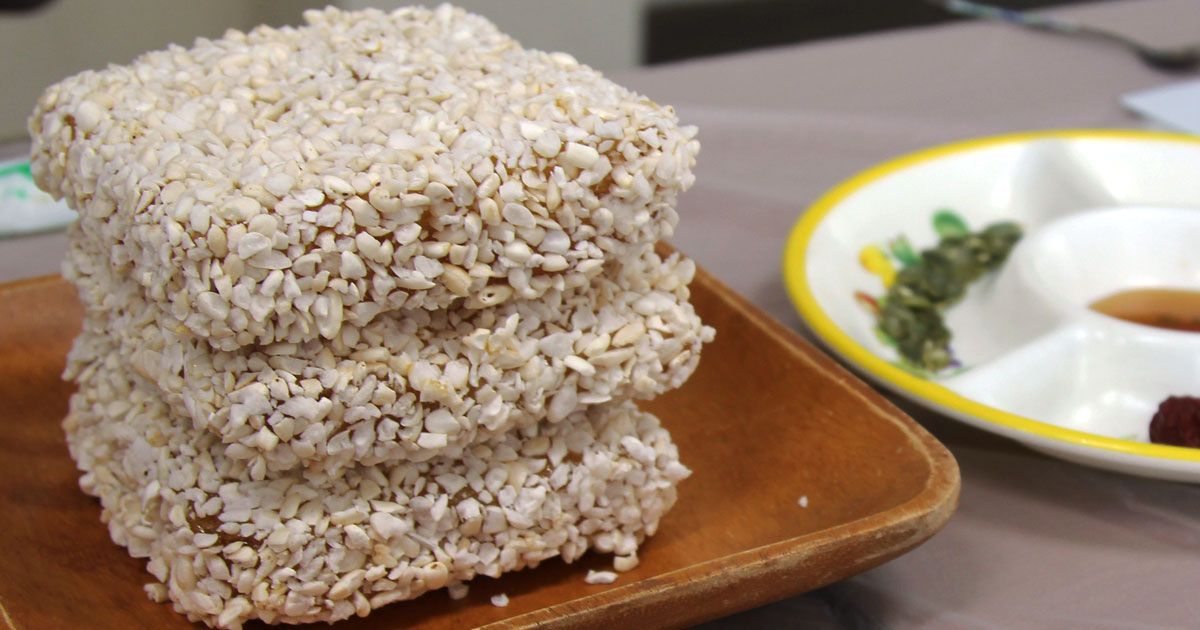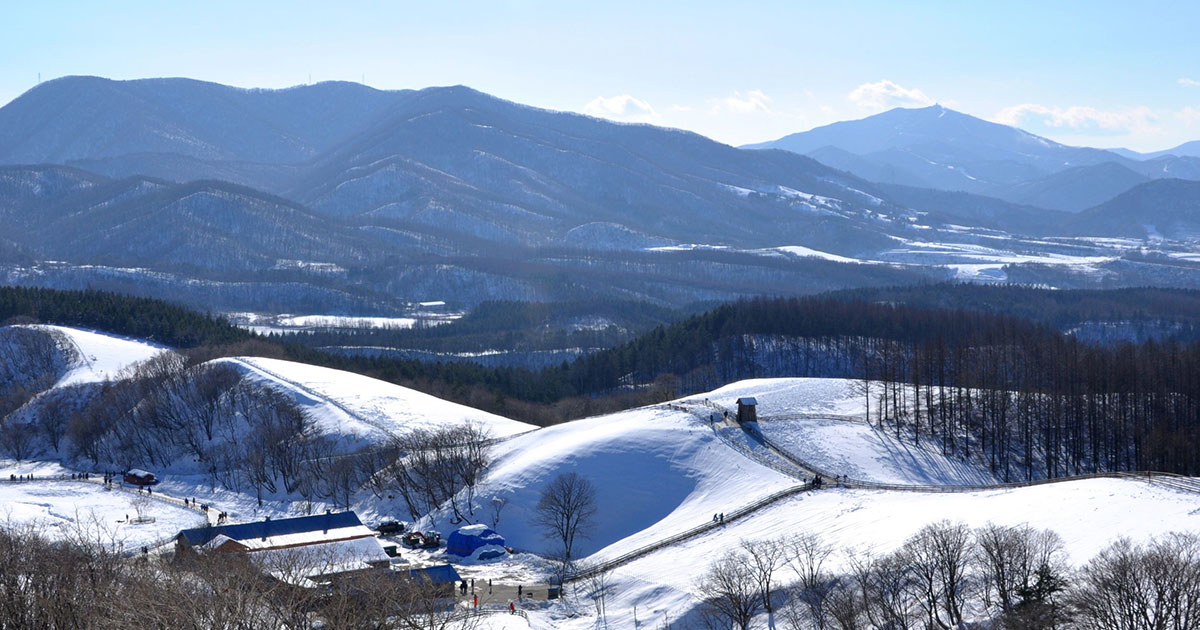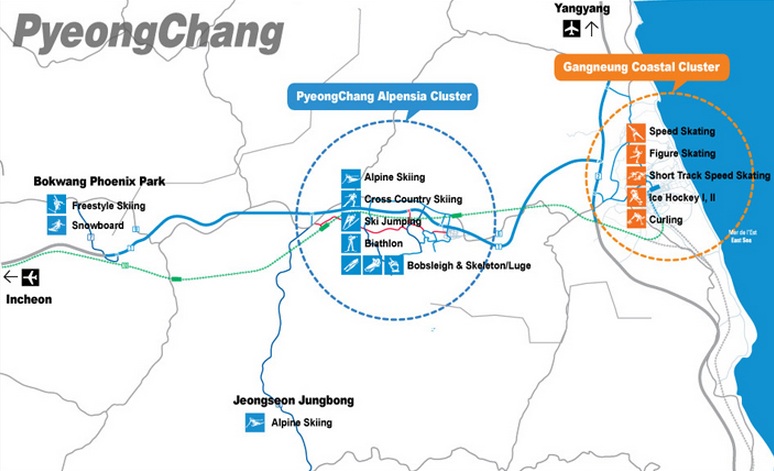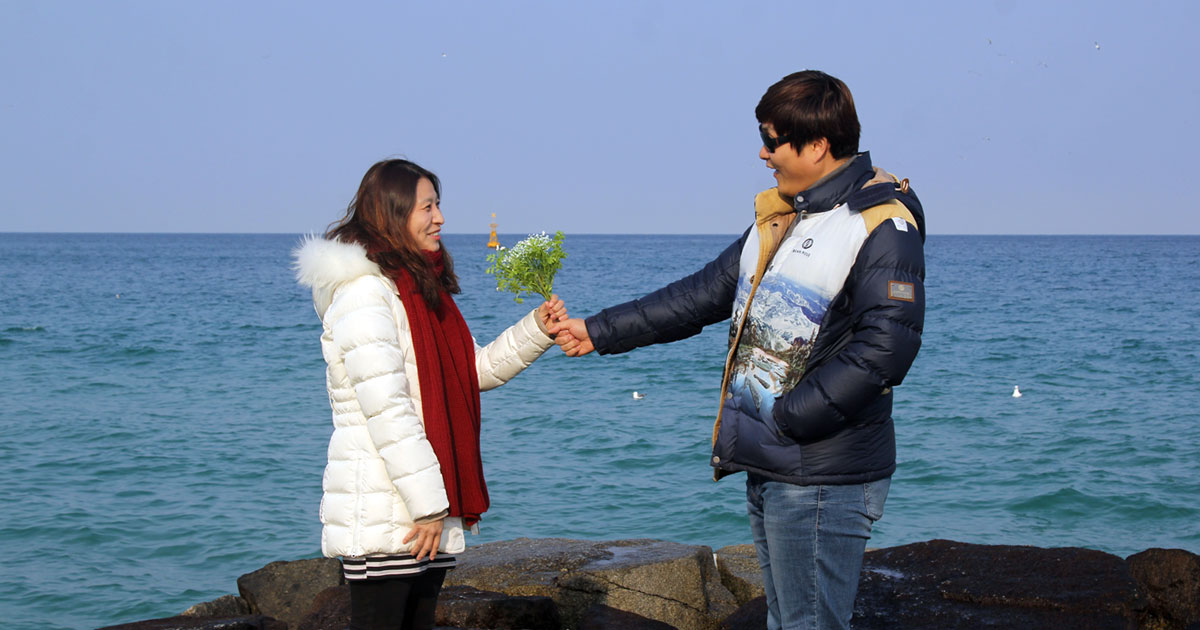
K-drama in Winter Olympics!
No, it isn’t the monstrous creature from European folklore, but a handsome and immortal character played by the charismatic Gong Yoo, known for his lead role in Train to Busan.
The character is from the South Korean drama “Gaurdian: The Lonely and Great God“, or simply referred to as “Goblin“, which has emerged as the second highest rated drama on Korean cable television.
The drama, available on Kuala Lumpur-based streaming service iFlix, has also sent Malaysian K-drama fans into a frenzy.
The wildly popular and unorthodox drama features several iconic scenes which have driven tourists to flock to its filming sites.
Many of the iconic scenes were filmed in the South Korean province of Gangwon, where its city PyeongChang also happens to be hosting the Winter Olympics 2018.
One such location is Jumunjin breakwater located at 1609, Haean–ro, Jumunjin-eup, Gangneung-si, Gangwon-do.
In the romantic yet melancholic scene, the goblin who goes by the name Kim Shin, meets his destined bride for the first time, who is also fated to return him to ashes.
The beautiful Kim Go-eun plays the bride Ji Eun-tak, who is able to see ghosts.
Eun-tak was draped in a red scarf while holding a bouquet of buckwheat flower when she meets the goblin as the waves crash into the rocky platform they stood on.
Local merchants have started selling similar red scarves and flowers for a growing number of tourists visiting the site to reenact the scene.
Another iconic scene was filmed at Yongpyong Ski Resort, a 40 minutes drive away from the Juminjin beach.
The resort is located at 32-950, 715, Olympic-ro, Daegwanryeong-myeon, Pyeongchang-gun, Gangwon-do.
Featured in episode nine, Eun-tak who works at the resort rides, rides a cable car with the goblin.
The breathtaking scenery of the snowy mountain featured in the drama is equally is not more stunning when witnessed in person.
Stretching 7.4 kilometers, it is South Korea’s longest sightseeing cable car and takes some 20 minutes to ascend to Mount Balwangsan, which is 1,458 meters above sea level.
Below, snow sports enthusiast can be seen crisscrossing down the white slope past pine forests.
At the top, known as the Dragon Peak, are swiss-style chalets and South Korea’s first ski resort which opened in 1975.
The peak, which hosts ten giant wind turbines, offers a panoramic view of the region.
Coincidentally, Yongpyong resort was also the set for Winter Sonata, another hit series in 2002 which was also well-received in Malaysia.
Apart from Gangwon’s natural beauty being featured in dramas, the province also plays host to significant historical sites such as the Ojukheon House, located at Yulgok-ro 3139beon-gil, Gyeongpo-dong, Gangneung-si, Kangwon, Tel: +82-33-660-3301~3308.
The location was featured in the historical drama “Shin Saimdang: Memoirs of Colours“, currently being aired on Korean television.
The story follows the life of Shin, mother of a prominent 16th-century scholar Yulgok Yi.
Being a rare well-educated woman during the Joseon dynasty, Shin raised Yulgok into a scholar, who went on to become defense minister and foresaw the Japanese invasion of the Korean peninsular 100 years later.
Thriving for historical accuracy, the drama was set at Ojukheon House, the very place where Shin was born and lived some 500 years ago.
The well-preserved wooden structure, surrounded by pine trees and black bamboo, records the life of Shin and her son.
The site also gives a glimpse of the Joseon dynasty, with bank notes from that era on display as well as a bronze statue of Yulgok.
Just a 10 minutes walk away is the Seongyojong House (Address: 63, Unjeong-gil, Gangneung-si, Gangwon-do, Tel: +82-33-648-5303), which was also featured in the historical drama.
Shin, played by Lee Young Ae, was said to have met her lover there.
The historical drama is Lee’s first debut in 14 years following her appearance in the hugely successful historical drama “A Jewel in the Palace“.
Lee is also the ambassador for the PyeongChang Winter Olympics 2018.





